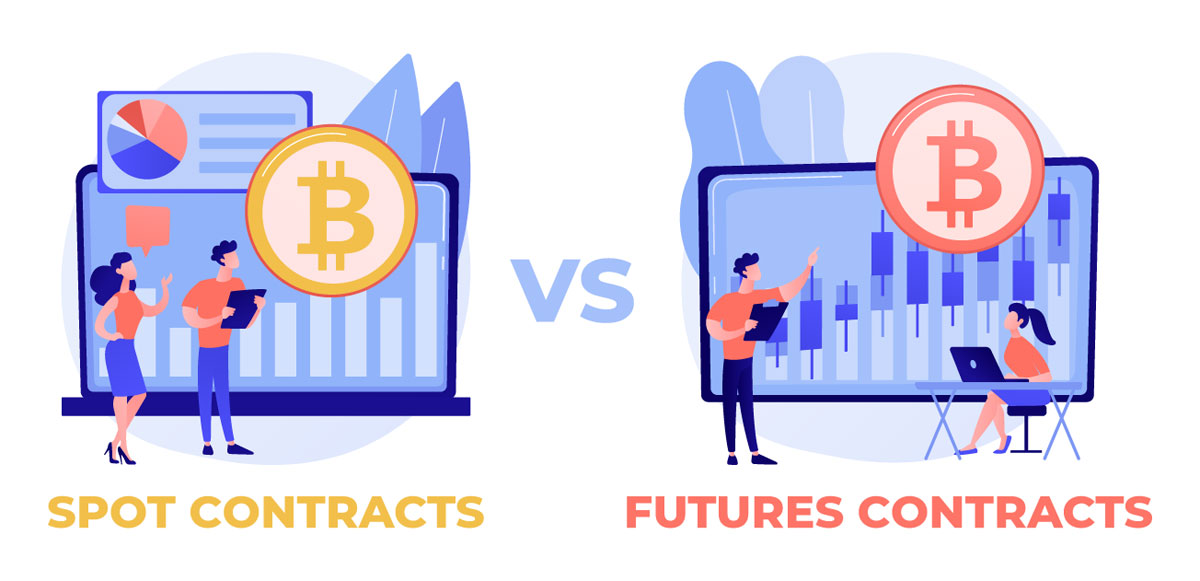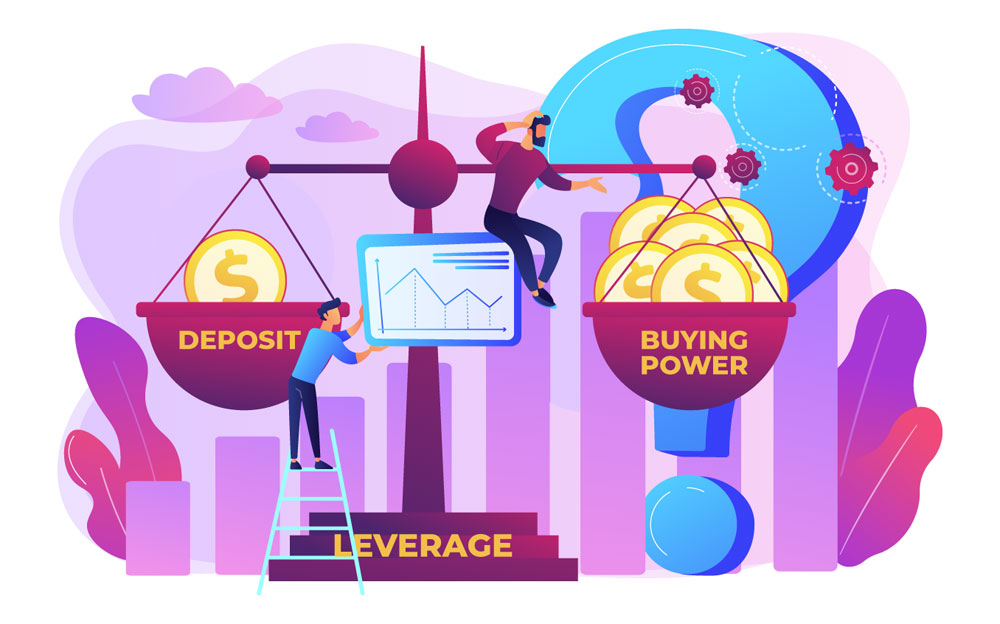Introduction
The Spot price is a mutually agreed price on an asset for immediate payment and delivery of the subjected product in the sales and purchase contract. A Futures contract is a mutually agreed price for a commodity or an asset with a fixed price to deliver the commodity, stock, or cryptocurrency ownership in the future (one, two, or three months) against the agreed price, and the buyer party obliged to pay the seller.
The futures and Spot contracts are a type of contract in which two seller and buyer parties agree upon an agreed quantity of commodities and stocks, and in the past few years, since December 2017, Ether and Bitcoin. An authorized organization, CME CF is a reference for price, definitions, and regulates futures contracts, and both parties must follow those requirements.
Spot vs. The Futures
Spot deals have the exact obligations and regulations and follow the same rule and disciplines as a traditional spot contract. The futures contracts follow the exact mechanism as the spot contracts, and the only difference is that parties agree on a precise number of Ether or Bitcoin for the agreed price. CME CF is the determinative organization for definitions, units, codes, and price quotations.

The Story of Futures and Spot Contracts
Futures and spots are traditional forms of interaction in the commodity markets. Two parties, including the seller and the buyer, agree on a commodity with specific quality and an agreed quantity for an agreed price. Still, the only differences are the date of the transaction and the commodity’s delivery date.
There are two buyer and seller parties who agreed upon a price against a type of digital asset, which here the object is cryptocurrency.
In this method, market participants should have a good assessment and a scientific attitude to enter the market.
The future contract is speculating with vision, and due to volatile prices, traders must have a good assessment of the market situation to take an appropriate position. However, there might be unexpected incidents like protests and wars like what we witnessed when Russia invaded Ukraine.
Although more factors affect this market, for example, when SEC, FED, or ECB decide on the crypto market can cause significant changes in the market price of cryptocurrencies.
When it comes to market leaders, we have the same effect in the market. We invite audiences of this article to google the history of DODGCOIN and Elon Musk’s tweets for more information.
History
The authorized organization for cryptocurrency futures trading is the Chicago Mercantile Exchange and cryptocurrency exchanges (CME). For the first time in history, “Cboe” (Chicago Board Options Exchange), listed Bitcoin futures contracts in December 2017, but shortly after that, they suddenly stopped.

In December 2017, the Chicago Mercantile Exchange (CME) introduced Bitcoin futures contracts. Now Bitcoin and Ether futures are based on the CME CF Bitcoin Reference Rate and the CME CF Ether Reference Rate.
What information is Required to Mention in the Crypto Futures Contracts
Contract units (the number of Bitcoin or Ether based on the CME CF Bitcoin and Ether reference rate), price (usually in USD), Market trading time (Sun to Fri, 5 pm-4 pm), Code of the product (ETH and BTC), Margin (60 percent for Ether and 50 percent for Bitcoin of the total contract value), and, settlement method.

Margin Trading in Cryptocurrency
Margin trading is one of many ways to make income from cryptocurrencies. Interested people use provided funds by third parties to conduct asset transactions. Compared with regular trading accounts, margin trading accounts allow traders to obtain more funds and support them using positions. Go to the Margin Account page and select Transfer to transfer assets.
When a trader deposits an amount of a listed cryptocurrency on an exchange, they can trade and profit by taking long or short positions, imagine a Bitcoin worth $1,000 and gain 5% in a period. The value of the trader’s asset has increased by 5% and moved from $1,000 to $1,050.
Sometimes the trader can take a short position. It is like betting on the price reduction. For example, traders believe that the price will collapse soon from $1,000 to $900 by 10%, and they will get a profit for their accurate price prediction in the market.
In another method, the exchange can give its members some leverage to increase their chance to make a profit, how it can be helpful to gain their wealth, it could put them in danger of losing a whole or a part of their assets. To explain it, imagine a trader believes that bitcoin will have a 10% rise in the price, then they use X5 leverage to make five times more profit, to get $1,250 instead of $1,000. There is no need to explain that it could be a profitable trade, but if the asset loses its value, the loss will be five times bigger than the time the trader didn’t use the leverage.
Conclusion
A) Cryptocurrency spot trading is a process in which the buyer and the seller buy/Sell Bitcoin and Ethereum for prompt delivery. Conversely, traders directly transfer their cryptocurrencies for immediate delivery in this market.
B) In futures contracts, traders are trading contracts representing the value of a specific cryptocurrency such as Ether and Bitcoin when a market participant purchases a futures contract. Indeed, they are not the owner of the underlying asset. They agree to buy or sell a specific cryptocurrency at a date in the future through a mutual agreement. A futures contract market participant should not expect economic privileges such as the right to vote or staking benefits.
